Tales of Narnia, or Should I Say Narni?
Roused from our beds by the golden rays of the Umbrian sun we began what would round out our two and a half-day adventure through Umbria. Slowly rubbing the last traces of sleep from my eyes I found myself once again staring out the gently tinted windows of the bus as we wound our way past Lake Corbara and made our way toward the town of Narni. Little did we know that the 6 hours remaining as part of our adventure promised interesting epiphanies, rich culture, and a walk through the mists of fantasy.
When our guides told us we were heading to the town of Nari we said, ” Narni? Sounds a lot like Narnia.” We chuckled and then went back to watching pristine hilltop town after town drift past our windows. After the week or so I spent in Umbria I now stand convinced that one could easily spend a year exploring the region’s wealth of small towns and still barely scratch the surface. Each seems more picture-perfect, more inviting, more…charming than the last.
…and then something happened. The rolling hills and the small settlements precariously perched atop them suddenly gave way to the blur of lights and curving gray walls. Some might say we had entered a tunnel, though I now find myself somewhat suspicious. You see, as we raced along at a furious pace it felt as though things had changed. Not by much, just ever so slightly.
So, it may come as little surprise that when we finally reached the end of the tunnel, I’ve come to theorize, we may have been transported to a parallel place and time. Sure it looked similar. The cars were still there, the roads were there, but the clouds were slightly different. It reminded me of a story I once read only in place of a tunnel through a mountain, in that story the characters entered an old dresser in an attic and were spirited away.
I shrugged off the sensation for a while, but it soon returned as our destination came into view. A partially fortified town a bit larger than most and carefully situated on top of an impressive nearby hill.
As we drew closer to what I would later learn was the city of Nari our path led over a large bridge, passing long collapsed though still impressive Roman stone works, and then up a narrow road just barely large enough for our bus. Luckily the road opened up at the base of the hill into a fairly large, but no less jam-packed, parking lot which seemed to be the de facto parking lot for all of the city’s residents.
As I stood staring up at the city, I took note of its skyline. While many of the cities in Italy manage a set uniformity for their skyline, the steep hill where Narni resides and the general approach to raw stone and cured plaster gave it a somewhat random appearance. Now in most cases describing the skyline of a city as random, unorganized, and somewhat confused would be anything but complimentary. In the case of Narni, however, it is quite the opposite. It adds to the charm and offers a depth to the city which is both unusual and quite flattering.
Our trip from the parking area to the city was no less interesting. It consisted of a series of stairways, a funicular, several beautiful cobblestone streets and a square or two thrown in for good measure. The walk provided a chance to talk to several local guides and learn a bit about the city. As we walked I quickly found myself winded by the steep steps and conversation was slightly more challenging than normal. We eventually passed a group of wise women engaged in delightful banter, turned one more corner and found ourselves walking along a slightly larger road which seemed to line the spine of the hill. That’s when it happened.
It quickly became evident that the strange sensation I had while passing through the tunnel had been far more than the idle result of one too many nights sampling local Italian wine. You see, as we turned a corner we were suddenly and quite obviously transported back in time. It would seem that we had stumbled onto a formal event. A festival of sorts that paid homage to the city, its rich history and culture.
As we slowly made our way down the street we were greeted by a noble lord and lady of what I can only imagine to be some stature. Their serfs handed us beautiful scrolls and gestured for us to relax and to enjoy a bit of music, dance and contest.
It was about this time that the city’s youth assembled in crisp lines. Adorned in the city’s regalia and with instruments in hand they faced down the day’s beating sun and after pausing long enough to fire off a series of fierce glares, they washed all emotion from their face and began to play. They beat their drums mightily sending waves of sound crashing from cobblestone street to storied stone wall, and then the trumpets began. As the crowd stood mute they performed for us an impressive array of pieces from a time (and place?) long past but clearly not forgotten.
Suddenly, just like that, they stopped and turned looking to their left at mounted men of note. Men who with ease and grace lifted scrolls before them and began to read aloud. Their words announce the start of the next event… A contest of strength, of precision and of speed – an archery contest.
Just like that the youths who were still assembled and standing in formation let forth a blast to commence the archery competition and the assembled archers – men of all ages – nocked arrows to bows.
Bows were drawn to cheeks, breath inhaled and then quickly exhaled. Fingers released and in the beat of an eye arrows seemed to leap from lazily resting against the archer’s bows to sitting quivering embedded in the distant target.
As each round passed it was a delight to watch both seasoned archers and boyish novices stand side by side performing their craft. By the end of the contest the target stood riddled with arrows and while one or two had found their way to areas beyond the target, nearly all struck squarely in the target’s center.
As the silence of the crowd slowly began to replace the twang of vibrating bowstrings Narni’s next treat began. The silent roar of the assembled crowd was quickly replaced by a medieval melody. It was cheerful and energetic…music of a type that we all recognize, but rarely hear and almost never in person. As I turned to find the source of the music I quickly discovered several local women engaged in a graceful dance. As they bowed, stepped, bowed again and twirled I enjoyed their graceful movements and leaned slightly to the left, engaged in a muted conversation with my guide.
As it turned out, our idle musings and chatter earlier in the trip had been far more spot-on than we expected. The wonderful world I had entered when I left that country-tunnel did in fact mirror the magical wardrobe found in C.S. Lewis’ series describing a far off place called Narnia. The city I now stood in, Narni by name, had served as official inspiration for the author. Though, one can only wonder – was he inspired, or just recounting the experiences he stumbled on during his time in the city and surrounding area?
As the women bowed to each other the drums and trumpets resumed their powerful song. Then, with surprising organization all of the assembled nobility, squires, archers and dancers formed into a line and paraded out and off into the depths of the city. Just like that we found ourselves transported back to our own time and making our way down the spine of the hill to see portions of the city’s underground town. But first, we paused at a beautiful overlook to take in the site of a fortified structure, the Abbey of San Cassiano, located across the ravine but still just outside of bow-shot from the city.
Eager to explore the underground church which we had been told about, we made our way down and across two small terraces to the obscure doorway which modestly led into the side of the hill.
After ducking through the tiny portal we were greeted by a 12th century benedictine chapel which was only re-discovered some 20 years ago. In a fun twist of fate our guide was actually one of the individuals who participated in the initial discovery and exploration of the complex. The chapel which is simple but beautifully preserved and eerily still contains human remains buried in its floor is part of a series of rooms, including a nearby area which was used as a foreboding dungeon.
The entrance to the dungeon’s main cell is small. So small in fact that I found myself nearly bent in two to get through it. The room isn’t much larger with room for a bed, and a little space to stand and stretch. The walls are decorated with graffiti from at least one of the room’s unfortunate residents. It is an odd thing to experience as you stand there staring at carvings made by a desperate soul hundreds of years past.
With the prison cell behind us and our visit winding to a close we wandered the streets and learned more about the city’s history. The location where the city currently stands is thought to have been settled in at least 600 BC as the city of Nequinum.
By the 4th century BC the Romans had conquered and reinforced the city which sat upon the Via Flaminia, an essential artery between Rome and the Adriatic. Around 300 BC in a failed attempt to gain freedom from Rome the Romans fully incorporated the city and renamed it Narni. While having claim to a number of historical greats, the city was the birth place of Marcus Cocceius Nerva Caesar Augustus, or more simply put Emperor Nerva of Rome who assumed position as emperor in September of 96 AD.
After the morning and early afternoon events we had worked up a mighty hunger. Luckily, the city had decided that a traditional feast was an absolute must! So, off we went down winding cobblestone streets through a town that drips character like authentic spaghetti drips the rich colors and flavor of fresh tomato sauce.
Now, this is normally where I’d post shot of the meal. Unfortunately, it looked REALLY good and we were starving. So with reckless abandon we set to are simple, but delicious meal of pork-chops, sausage, pasta, fresh beans, and salad. It was all served by local volunteers and in/on traditional earthen plates and cups. The local red wine was every bit as delightful as one might imagine and the venue (Terziere S. Maria) was a great little tavern-like space located down a side street. The room we were in consisted of crude wooden benches and in a sparsely, but historically themed room with vaulted brick ceiling and and rough brick walls. In short, it had a wonderful ambiance and fit the day’s theme perfectly.
I had a wonderful time getting lost in Narni and dreaming of the role it played in the mythical lands of Narnia. I’d like to extend a hearty thank you to the people of Narni who offered us such wonderful hospitality while wining and dining us. It’s a wonderful city, and one with a distinct personality of its own.
Have any of you been? I’d love to hear your stories in a comment below!
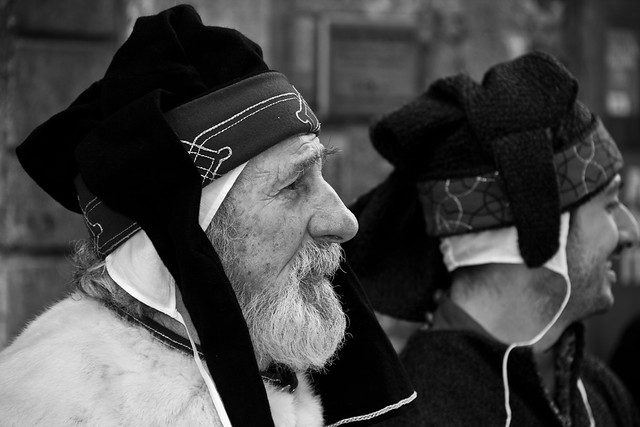
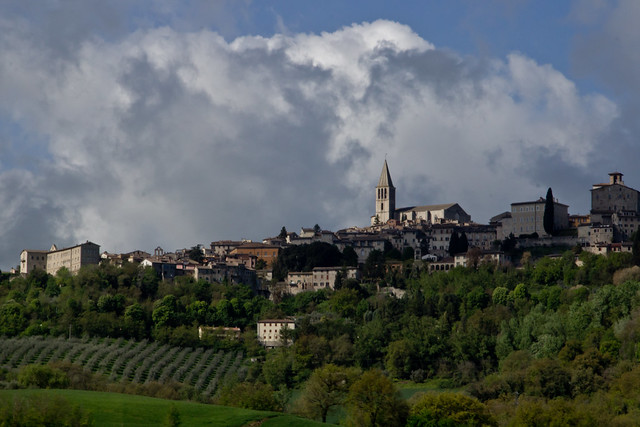
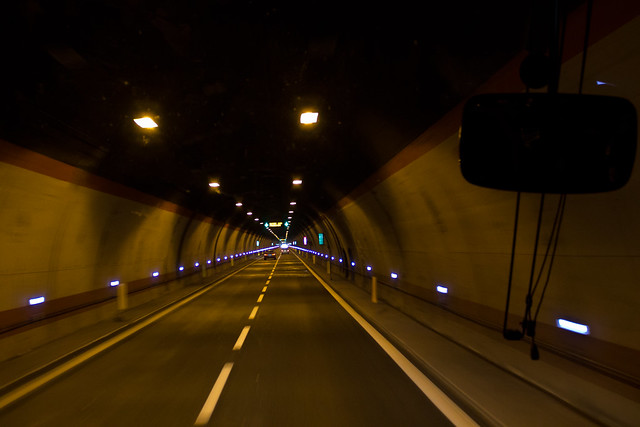

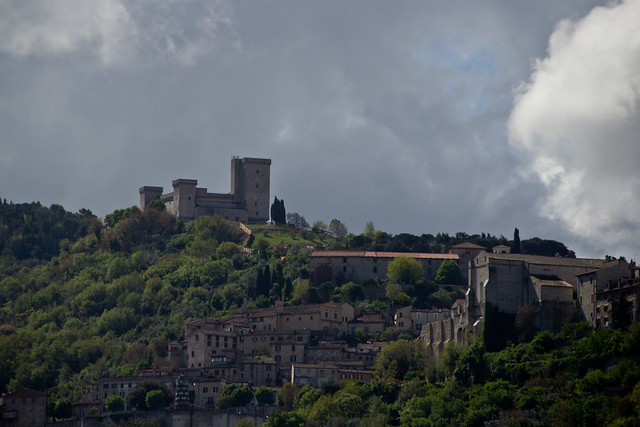
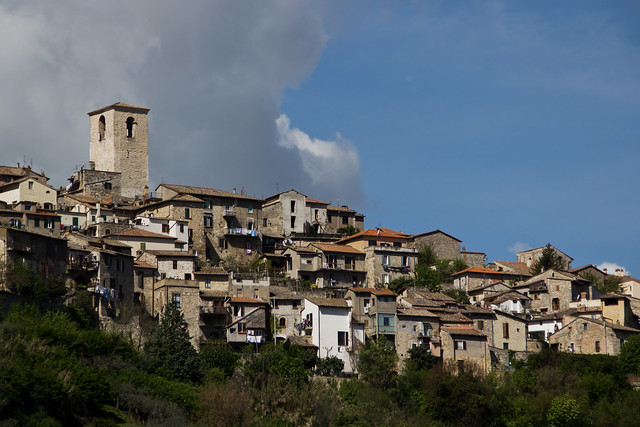
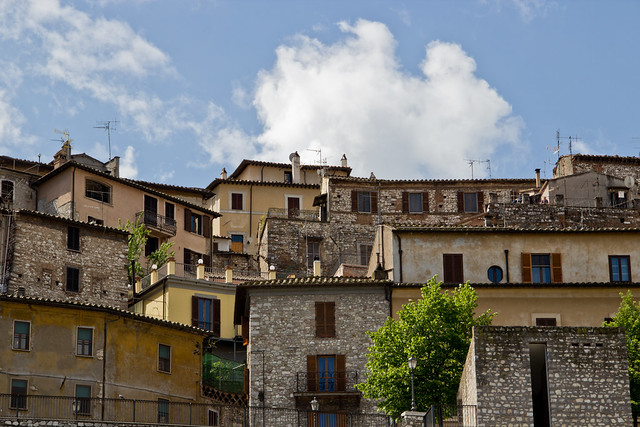

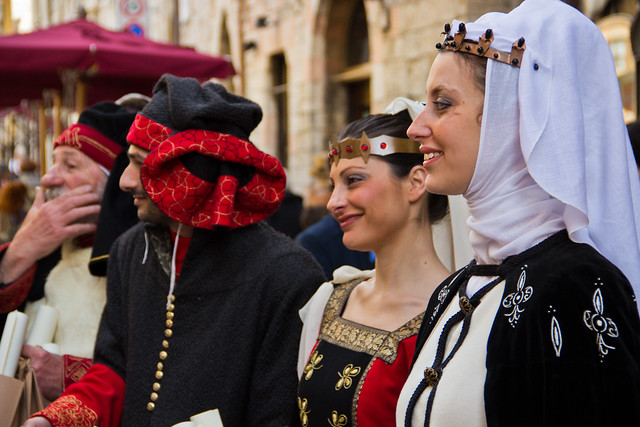
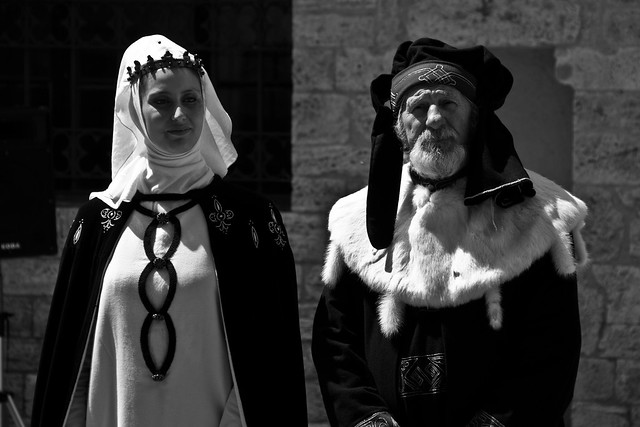
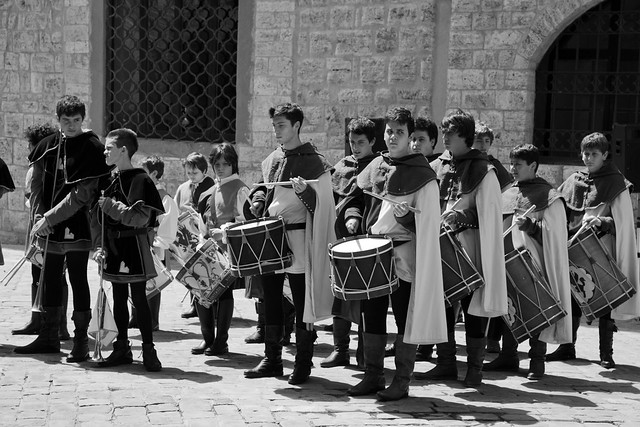
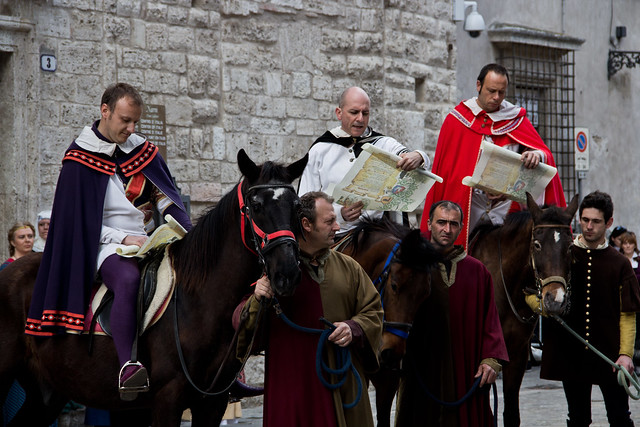
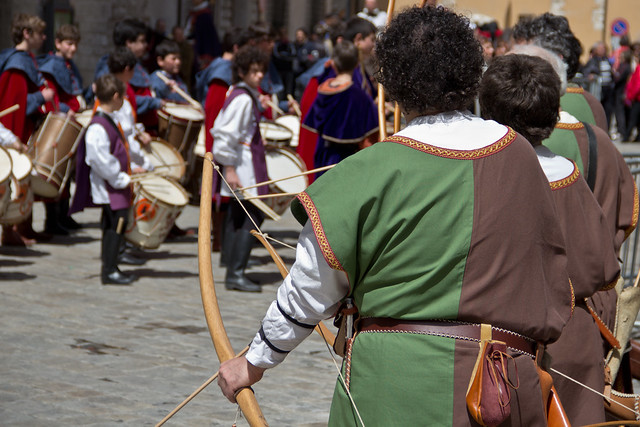
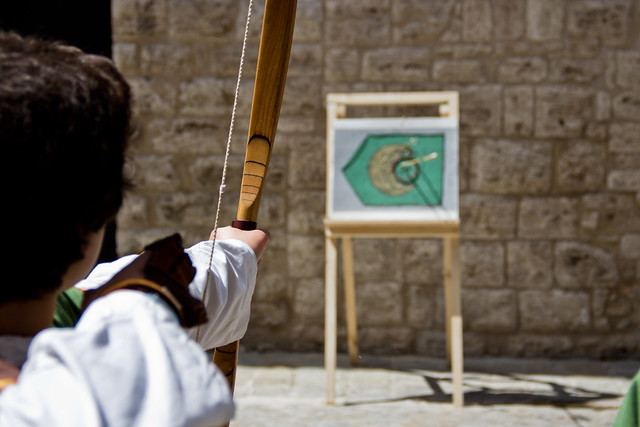
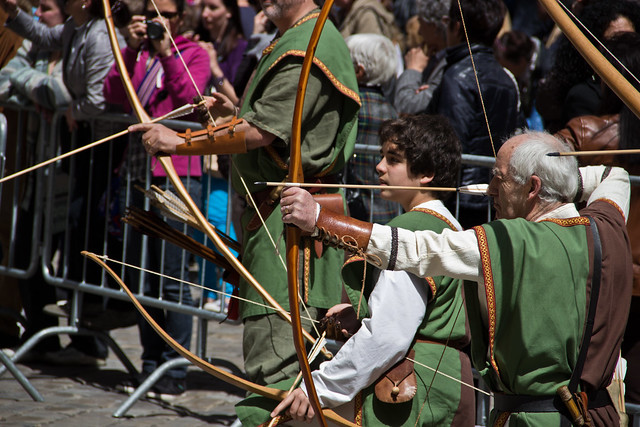
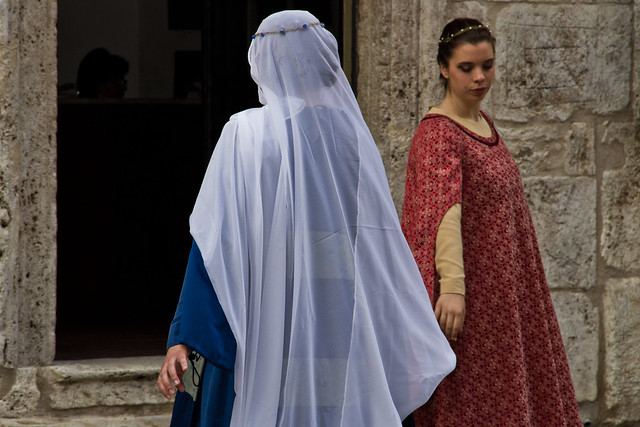
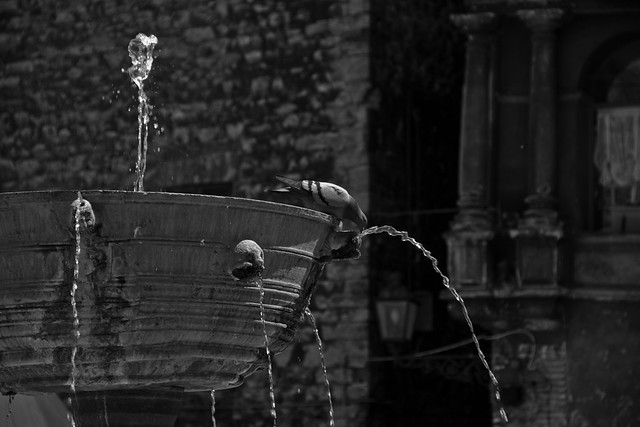

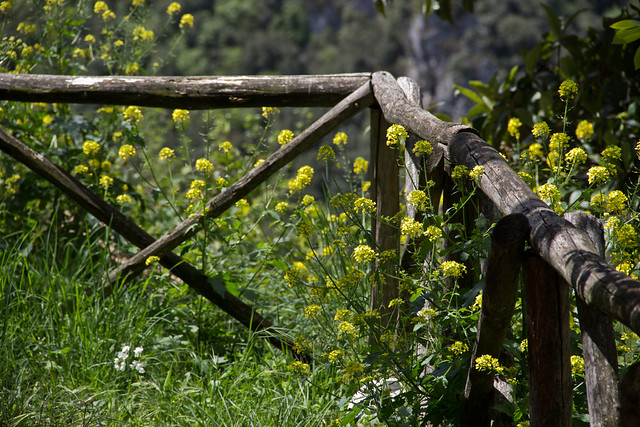
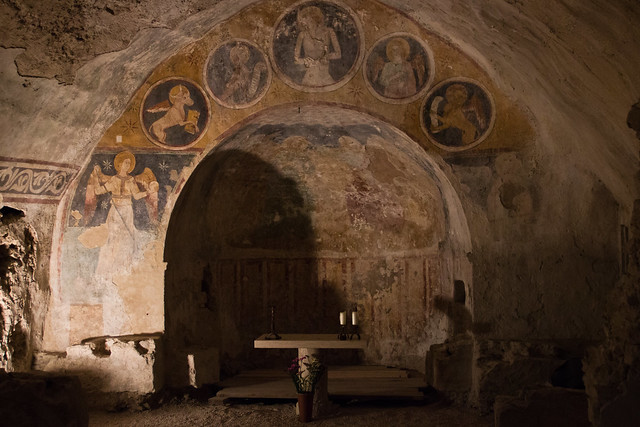

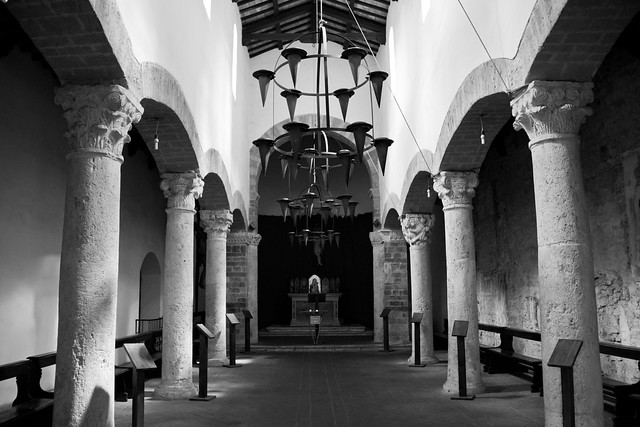
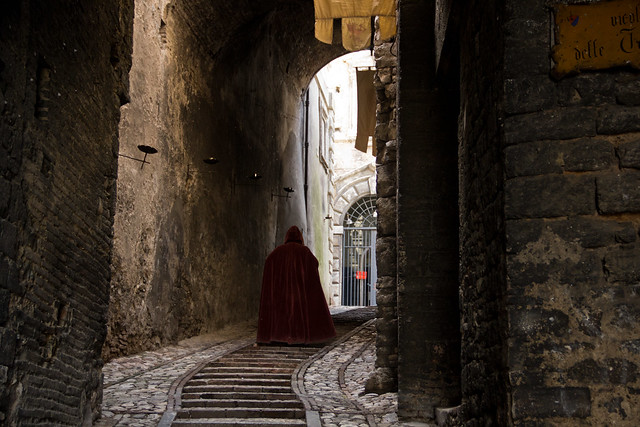

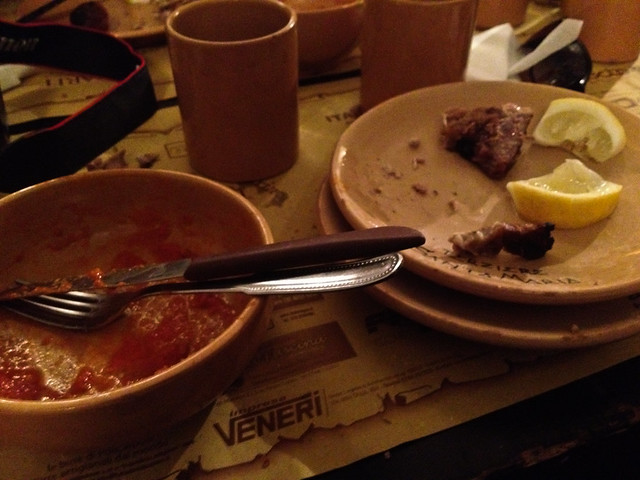
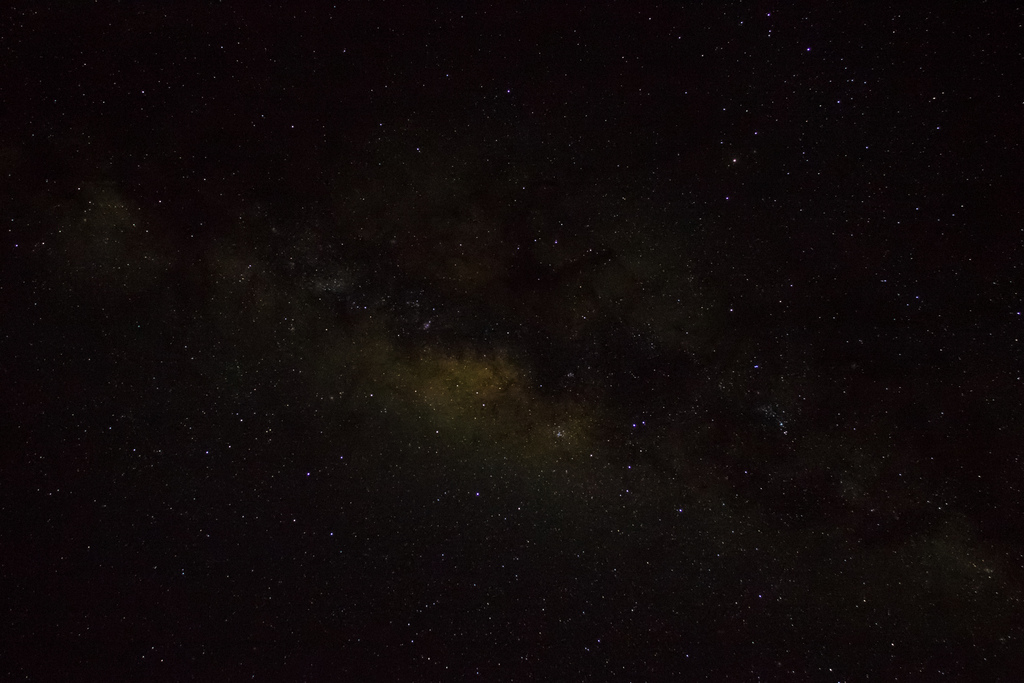
As always your pictures and words tell captivating stories of the places you go. I can’t wait to share the story of Narni and Narnia with my family over dinner tonight.
The picture of the caped figure walking away is particularly haunting.
Thank you so much! Comments and impact like yours are why this blog exists! Wonderful to hear it resonated with you!
I can’t believe it took me nearly three years of living in Italy to visit Umbria. And unfortunately, I couldn’t stay for the post blog trips. But after reading your account of Narni, it’s definitely a place I’d like to visit one of these weekends when we’re looking for something to do!
Beautiful pictures of beautiful places. Thank you for sharing your journey with us, it really does inspire me to get out in the big wide world again!
Thanks Kelly, when you get out on the road again I’d love to hear how the trip goes!
Aw, brings back some good memories. It was a pretty great last day in Umbria. I would go back to Umbria in a heartbeat.
Lovely photos as always, Alex!
Agreed, I cant wait to revisit the area and to spend some more time wandering the local towns and villages!
I was there with you, and I wrote about it also, but you did a much better job. I hope you win
High praise, thank you Forrest!
Beyond question, this is the best introduction and guide to a city I have ever seen. Well done! Thank you.